The butterfly lifecycle, also known as metamorphosis, involves four stages: egg, caterpillar (larva), chrysalis (pupa), and adult butterfly.
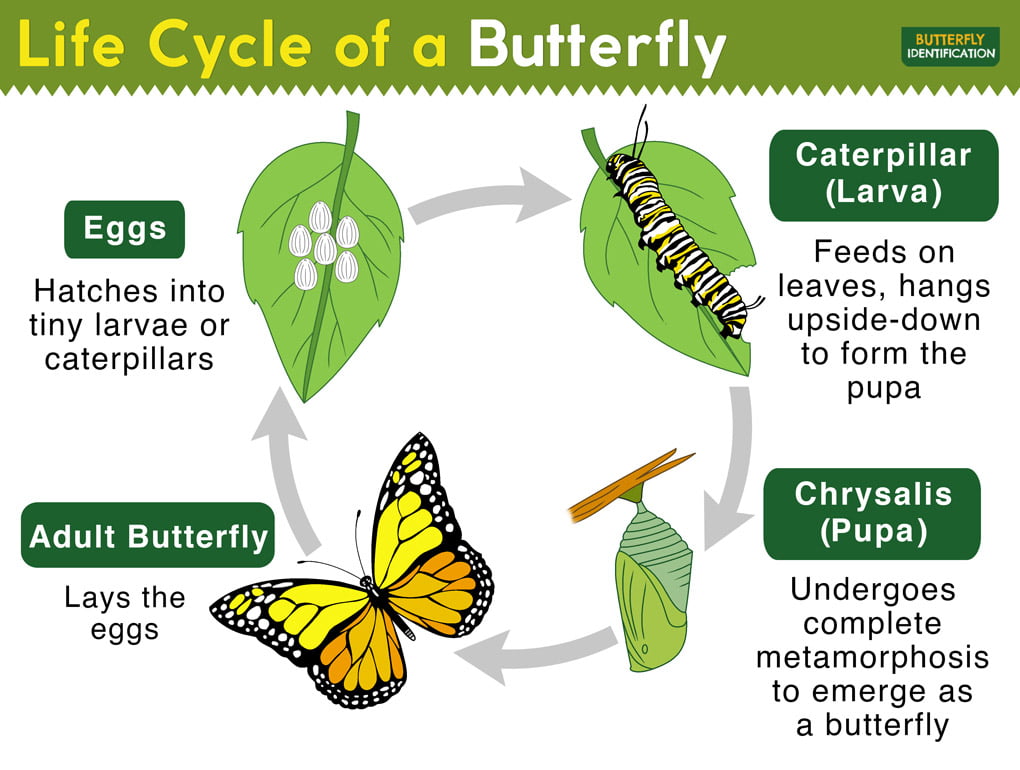
1. Egg
A butterfly starts its life as a tiny egg. The female butterfly lays the egg on its Larval Host Plant, often near or on the type of plant the caterpillar will eat, like Milkweed. The egg is usually very small and can come in various shapes and colors depending on the butterfly species.
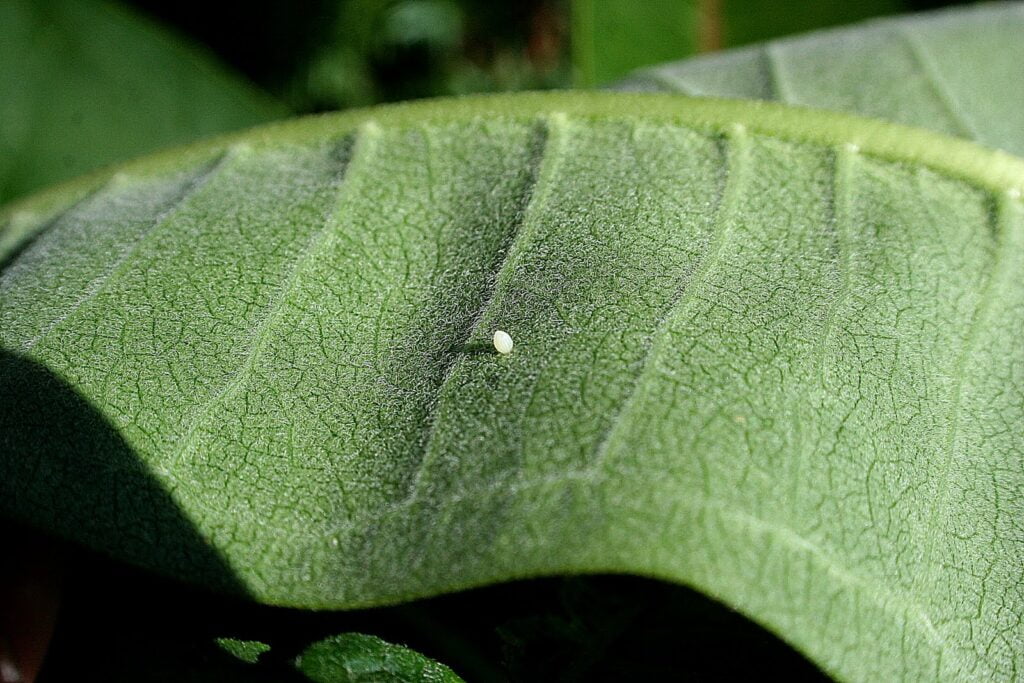
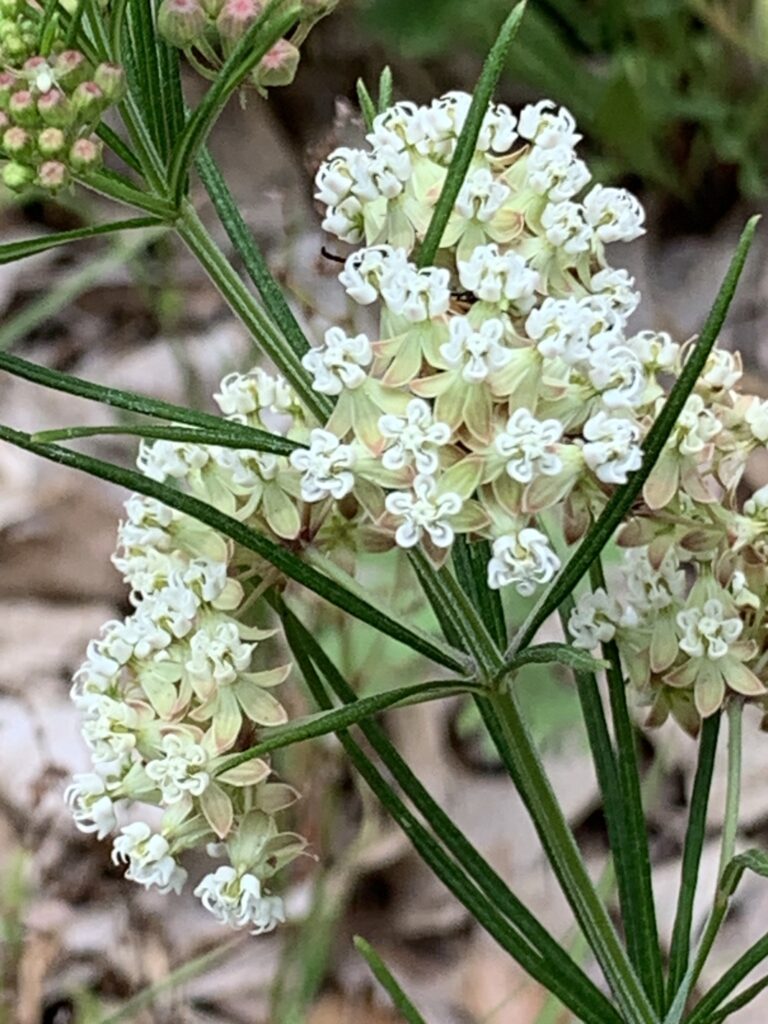
50 Whorled Milkweed Seeds (Asclepias Verticillata)
This plant is perfect for gardeners who are committed to creating a haven for Monarchs. Its late-season blooming period ensures that Monarchs have the resources they need as they prepare for migration. When you plant Whorled Milkweed, you’re not just adding beauty to your garden—you’re playing a vital role in the conservation of this iconic species. 25 Seeds. USDA Zones 3-10.
2. Caterpillar (larva)
Once the egg hatches, a caterpillar emerges. Caterpillars are the eating and growing stage of a butterfly’s life. They have a long body with multiple segments and usually have a distinct pattern or coloration. The caterpillar’s main job is to eat and store energy for the next stage of its life. They munch on leaves and grow rapidly.
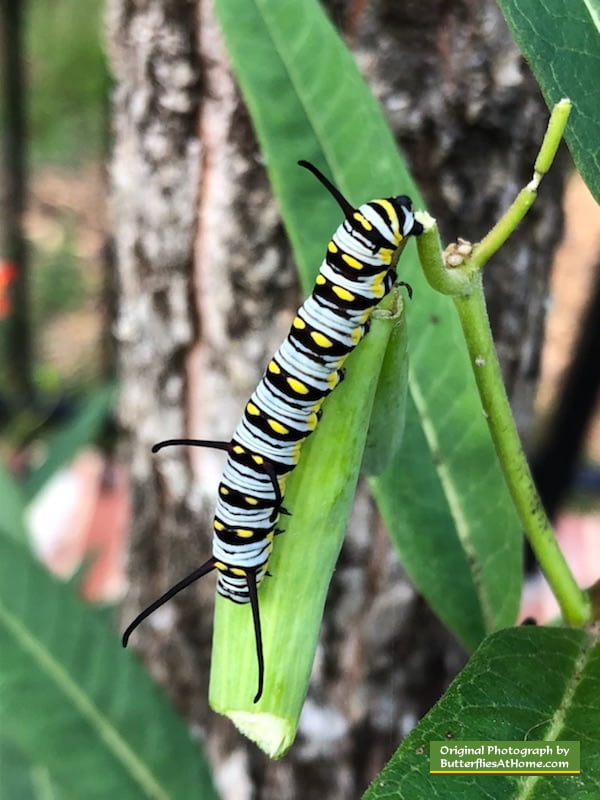
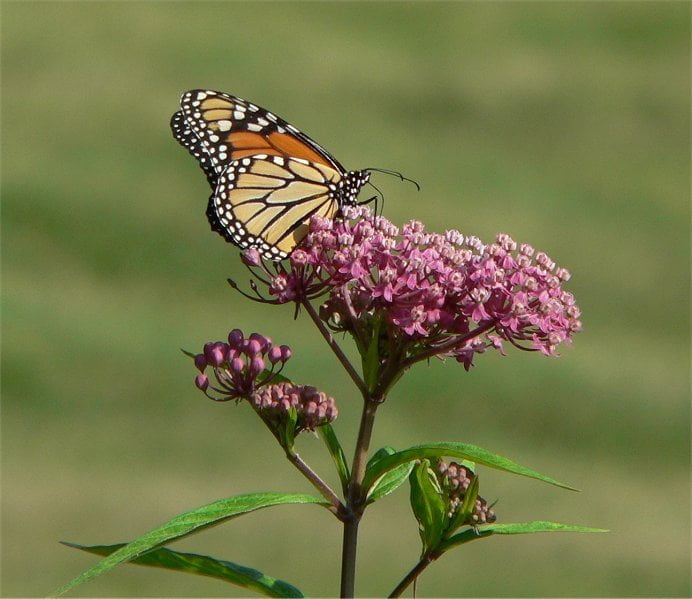
50 Swamp Milkweed Seeds (Asclepias incarnata) for North America
Create a sanctuary that celebrates. Bring the beauty of Swamp Milkweed to your garden with Johnny Butterflyseed’s Premium Swamp Milkweed Seeds.
3. Chrysalis (pupa)
After the caterpillar has grown enough, it forms a chrysalis or pupa. The chrysalis is a protective case where the caterpillar undergoes a remarkable transformation. Inside the chrysalis, the caterpillar’s body breaks down and rearranges itself into the body of a butterfly. This stage may last from a few days to several weeks, depending on the butterfly species.
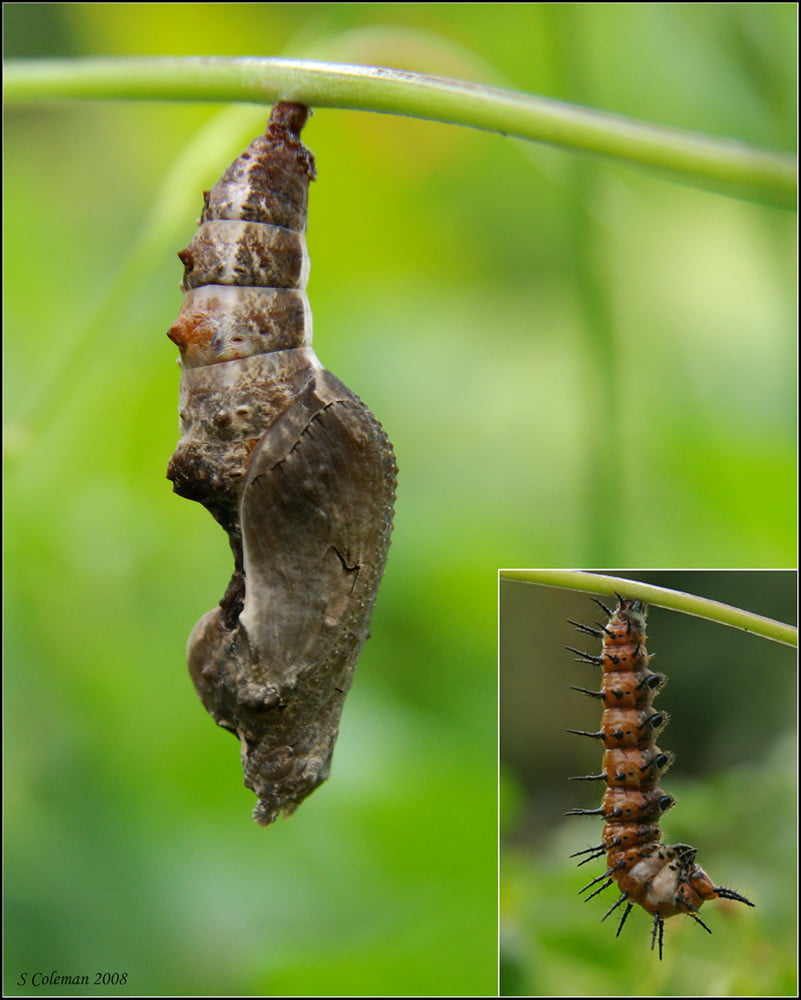
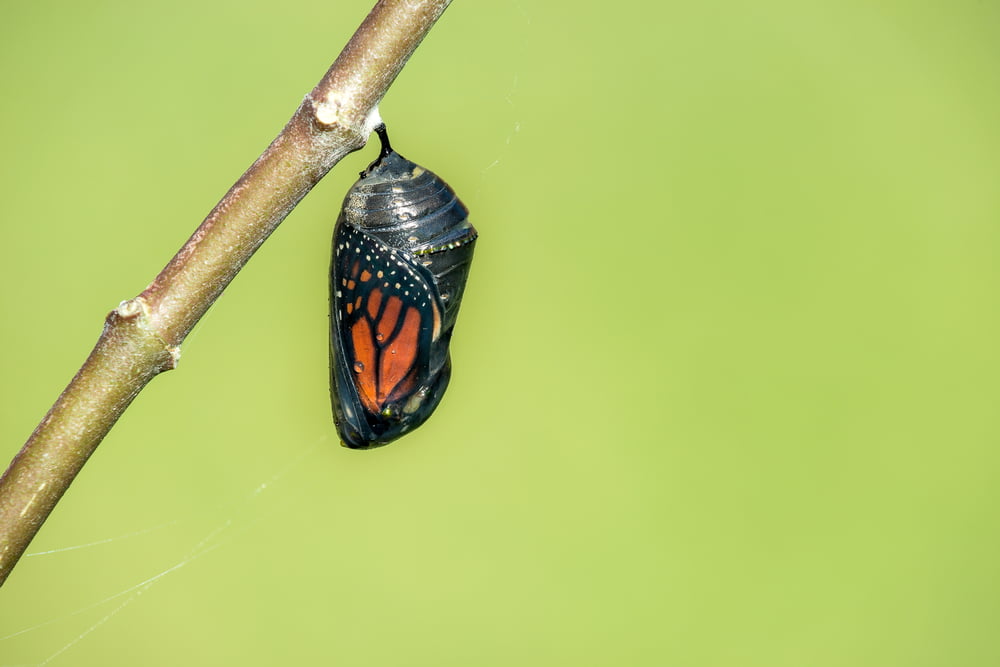
4. Adult Butterfly
Once the transformation is complete, the chrysalis opens, and an adult butterfly emerges. At first, its wings are crumpled and wet, but they quickly expand and dry out. The adult butterfly has vibrant colors and intricate patterns on its wings. Its primary goals are finding food, reproducing, and continuing the life cycle by laying eggs. Adult butterflies feed on nectar from flowers and use their long straw-like mouthpart, called a proboscis, to sip the nectar.
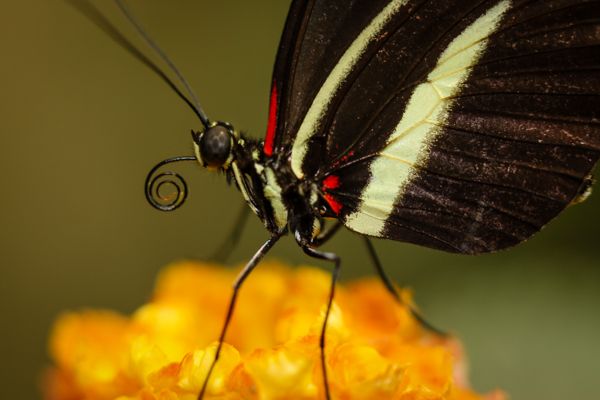
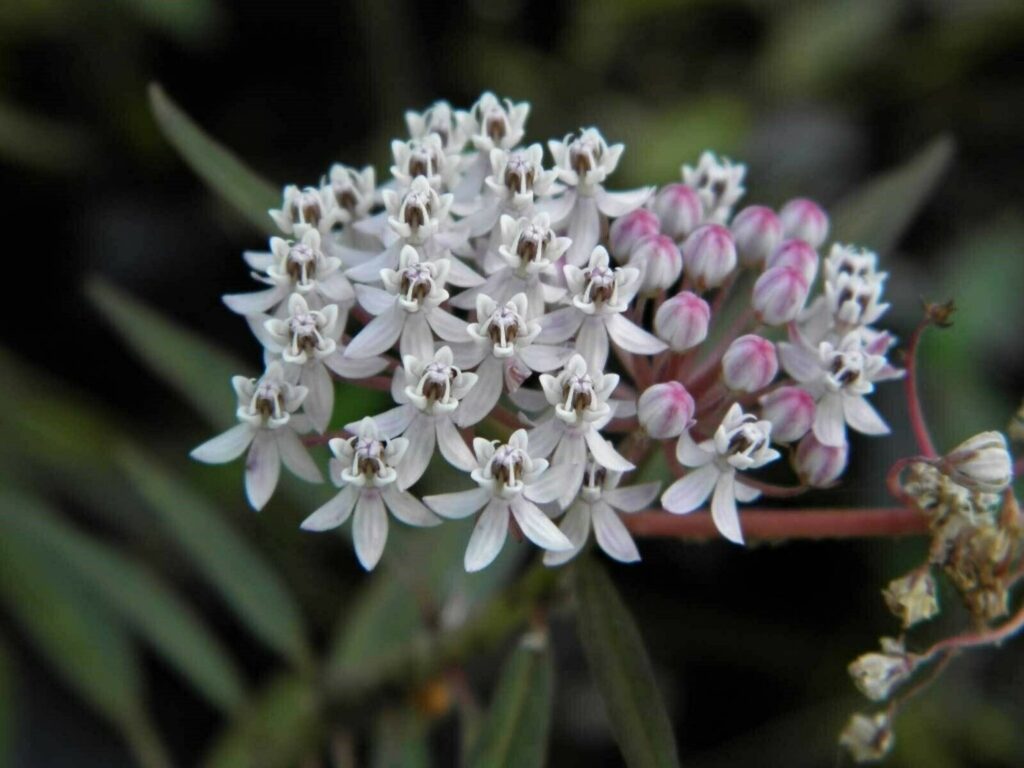
50 Aquatic Milkweed Seeds (Asclepias perennis) White Swamp Milkweed for U.S. Southeast and Midwest
Aquatic Milkweed (Asclepias perennis) is a native perennial that thrives in wet environments. With its beautiful white blossoms and attractive green foliage, it’s an eye-catching addition to any aquatic setting. 50+ seeds.
The lifecycle then repeats as the adult butterfly finds a mate, lays eggs on suitable Larval Host Plants, and the process begins again with new generations of eggs, caterpillars, chrysalises, and adult butterflies.
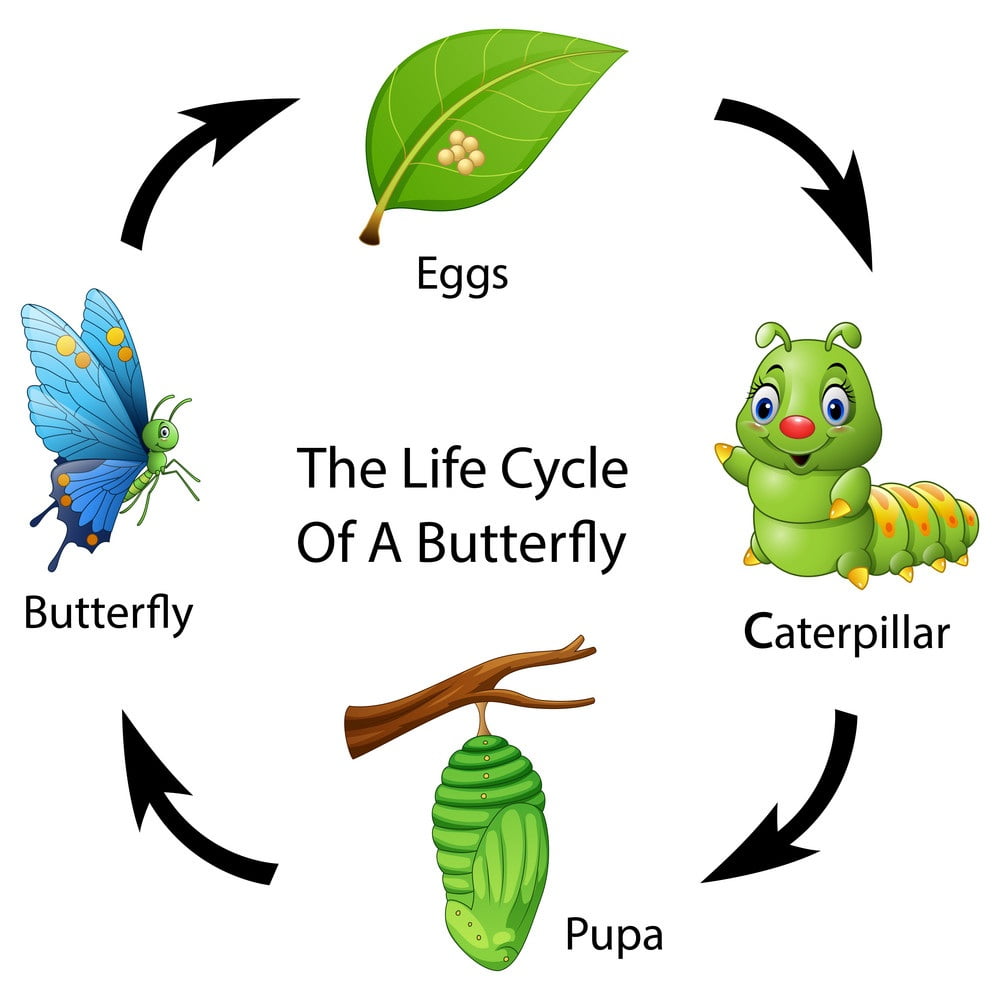
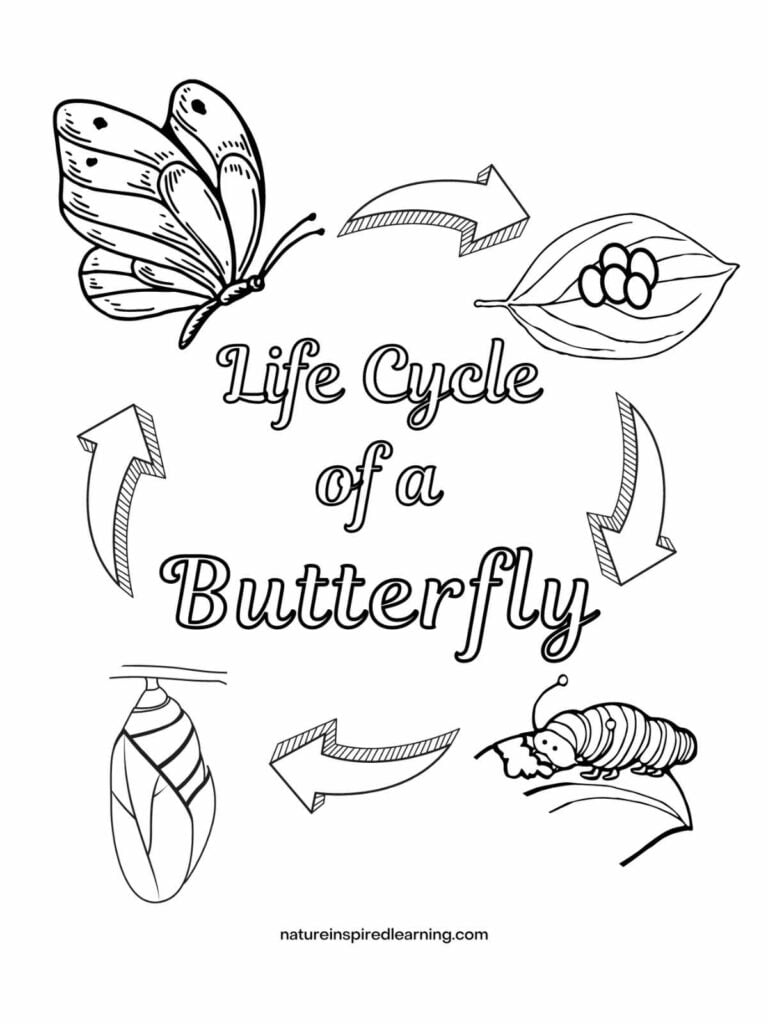
In summary, the butterfly lifecycle involves four stages: egg, caterpillar, chrysalis, and adult butterfly. The butterfly starts as an egg, hatches into a caterpillar, transforms inside a chrysalis, and emerges as a beautiful adult butterfly ready to continue the cycle… one day at a time!

The Adventures of Johnny Butterflyseed – Author Signed First Edition Children’s Book
Save the monarchs!
Johnny Butterflyseed and his fairy friend, Raven Silverwing, embark on a mission to save the rapidly disappearing butterflies. They enlist the help of Queen Venus Goldwing and her kingdom of monarchs to educate and inspire kids to become butterfly farmers. At first, Johnny faces his own internal struggle with self-doubt and fear in his ability to make a difference, but then soon develops a mindset that allows him to not only get started, but also make progress one day at a time. Through challenge after challenge, Johnny learns that he is not alone in his mission and that there are many people who want to help. Together, Johnny, Raven, and Queen Venus educate thousands of children on becoming butterfly farmers.